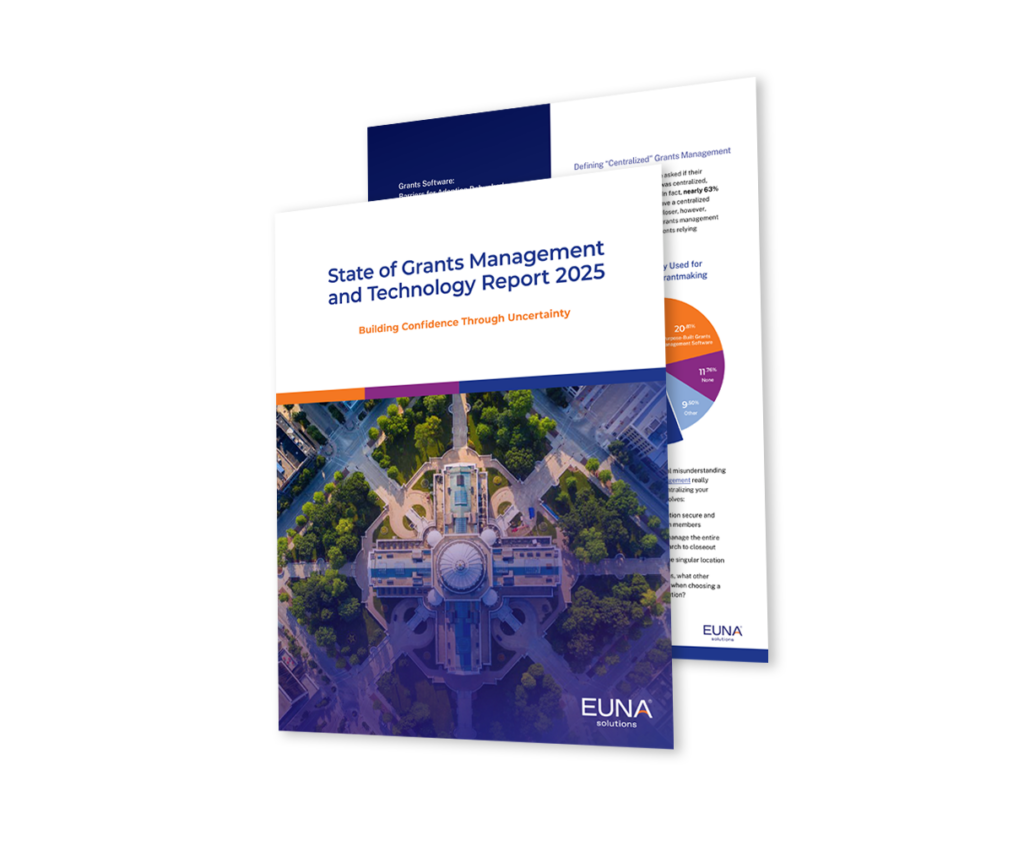If you’re not already streamlining your RFP process by making specific quantitative and qualitative requests of your suppliers, you could be missing out on rich analysis and precious hours of focusing on what actually matters. Using Questionnaires can help your evaluation team cut through pages of information to quickly obtain the accurate and succinct information they need to assign an accurate score.
Implementing a structured RFP process that includes questionnaires is becoming increasingly common, and for good reason. Questionnaires are often used in projects such as ERP software evaluations, obtaining professional services, collecting construction bids, collecting references, and ensuring terms and conditions are met. Having a structured way for your suppliers to respond ensures that your evaluation team can access important information quickly and easily as they complete their evaluations.
Here are just a few ways adding a formal Questionnaire and structuring your RFPs can benefit your team:
Direct Responses
Meticulously reading a PDF page-by-page and line-by-line gets the job done, but at the cost of your team’s time. Often, PDFs from external suppliers contain a lot of marketing jargon that isn’t always relevant and can obscure the focus from the details you need to know to move forward with the submission.
When the submission process moves online, you can remove the need to sift through pages by asking suppliers the direct questions needed to ensure you’re getting the best services for the best value. With Questionnaires, there are controls you can use to limit how much information can be submitted to ensure that only the relevant information you require is present in the proposal. The guess work is taken out of the equation – there’s a clear question for suppliers to respond to and clear answers for buyers to compare.
Fast Evaluations
Having direct responses ensures that you are getting the facts you need and also speeds up the evaluation process. Both qualitative and quantitative results are promptly available and automatically tabulated once submissions close. With an eSourcing tool, you can quickly see quantitative information; such as if a service will be within your budget with immediate insight into the lowest responsible bidder for a project.
When projects require a high level of detail, written answers can be collected and compiled side-by-side for a faster evaluation process. On average, RFP projects spend 31 days in the evaluation stage; when the information is available, accessible, and concise, it helps alleviate lengthy evaluations.
No Missed Sections
Building out a Questionnaire with mandatory question-sets ensures that suppliers are aware of the essential sections and no critical details are missing from the final submission.
“In 2014, nearly 30% of disqualifications occurred as a result of missing documents. This has decreased consistently and is now at 16%.”
Missing information is often one of the top reasons why suppliers are disqualified. The risk for missing information is mitigated when buyer expectations are clearly outlined in the submission process and when there is an automatic reminder to alert suppliers when information or supporting documents are missing. When eSourcing platforms utilize Questionnaires, buyers can feel confident that submissions aren’t missing any key information that could influence the decision-making process.
These are just a few key advantages to Questionnaires. For more information about how Questionnaires can help you collect qualitative information quickly, request a demo of Euna Procurement.

